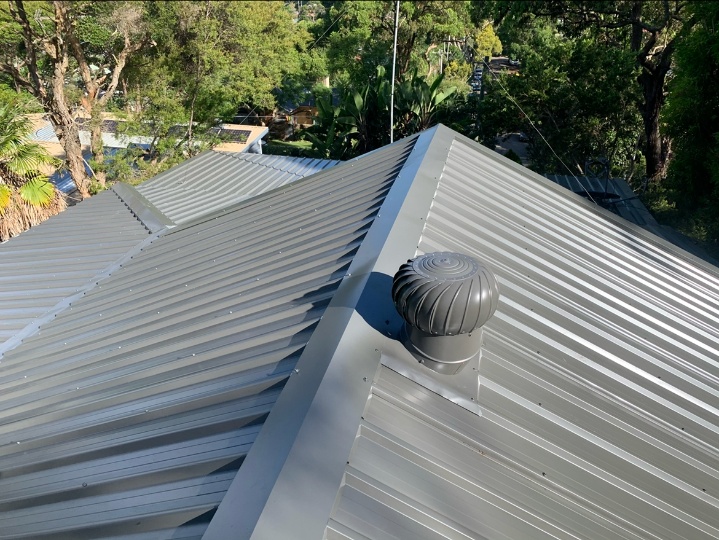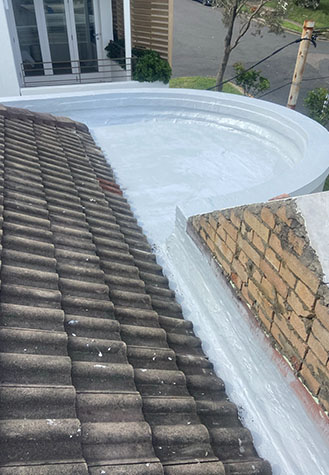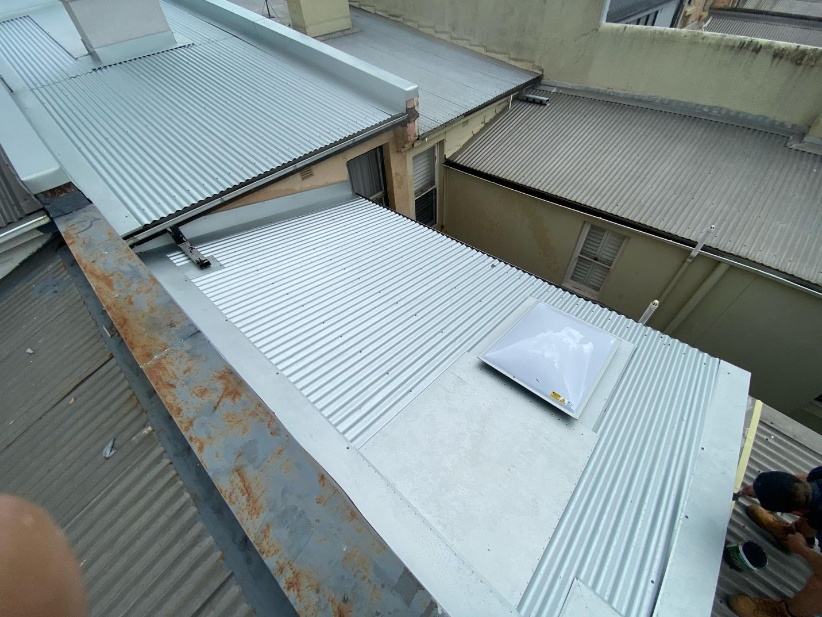

Metal Roofs
⁃ Metal roofs are a type of roofing material made from metal sheets or tiles. They are becoming increasingly popular for residential, commercial, and industrial buildings due to their durability, longevity, and energy efficiency.
⁃ Metal roofs can be made from a variety of metals, including aluminum, steel, copper, and zinc. They are known for their strength and ability to withstand harsh weather conditions such as wind, rain, hail, and snow.
⁃ One of the primary advantages of metal roofs is their longevity. A well-maintained metal roof can last for 50 years or more than many other roofing materials. Additionally, metal roofs are often made from recycled materials, making them an environmentally friendly choice.
– Inspection and preparation: Our Brown Wilson Roofing team member will begin by inspecting the current roof to determine if any repairs or preparation work is needed before the new roof can be installed. This may involve repairing or replacing damaged roof decking, ensuring proper ventilation, and removing any old roofing materials.
⁃ Replacing a tile roof with a metal roof is a common renovation project for homeowners who want to update the look of their home or increase its durability.
⁃ It’s worth noting that replacing a tile roof with a metal roof can be a significant investment, but it can also provide long-term benefits such as increased durability, energy efficiency, and lower maintenance costs.
⁃ Coming in a wide range of sheeting profiles and Colourbond colour choices, we supply a wide range of options to ensure our clients finds the perfect suite for their properties.



Tile Roof Replacement
⁃ Durability: Tiled roofs are known for their longevity and can last for decades. Tiles are made from materials like clay, concrete, and slate, which are durable and resistant to harsh weather conditions, such as heavy rain, hail, and high winds.

⁃ Energy Efficiency: Tiled roofs can help keep a home cool in warm weather by reflecting sunlight and reducing heat transfer into the home. This can lead to lower energy bills for homeowners. Tiled roofs offer a range of benefits that make them an attractive option for many homeowners and developers.
⁃ Replacing a tile roof with a metal roof is a common renovation project for homeowners who want to update the look of their home or increase its durability.
⁃ It’s worth noting that replacing a tile roof with a metal roof can be a significant investment, but it can also provide long-term benefits such as increased durability, energy efficiency, and lower maintenance costs.
⁃ Coming in a wide range of sheeting profiles and Colourbond colour choices, we supply a wide range of options to ensure our clients finds the perfect suite for their properties.

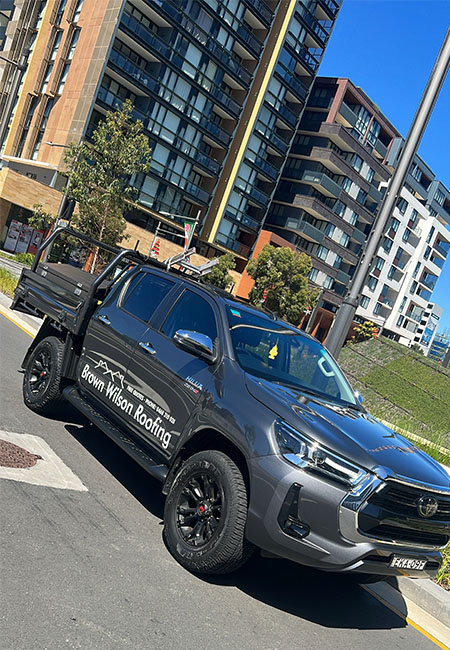
Free Roof Quote
⁃ It’s important to have your roof inspected regularly to identify any issues early on, as this can help prevent more serious problems and prolong the life of your roof.
Our free roof inspection will allow you to identify any issues which may cause problems in the near future before they arise, with Sydney having consistent downpours our service provides total care for our clients property and roof top.
Our roof report involves a thorough and detailed look into the problems causing the issues, we will have photos describing the issues found, which gives the owner a full understanding at the task at hand moving forward.
Call today to make an appointment booking with our director Beau, we will guarantee to be there within 48 hours to provide you with ensured professionalism and workmanship, towards fixings any issues arising on your properties roof area.

Down Pipes
⁃ The main purpose of downpipes is to prevent water damage to a building’s foundation or basement by diverting rainwater away from the building. Downpipes are typically connected to gutters or other water collection systems that collect water from the roof of a building.
⁃ Downpipes come in different sizes and shapes depending on the size and shape of the building, the amount of rainfall in the area, and other factors. Proper installation and maintenance of downpipes are essential to ensure that they function effectively and prevent water damage to the building

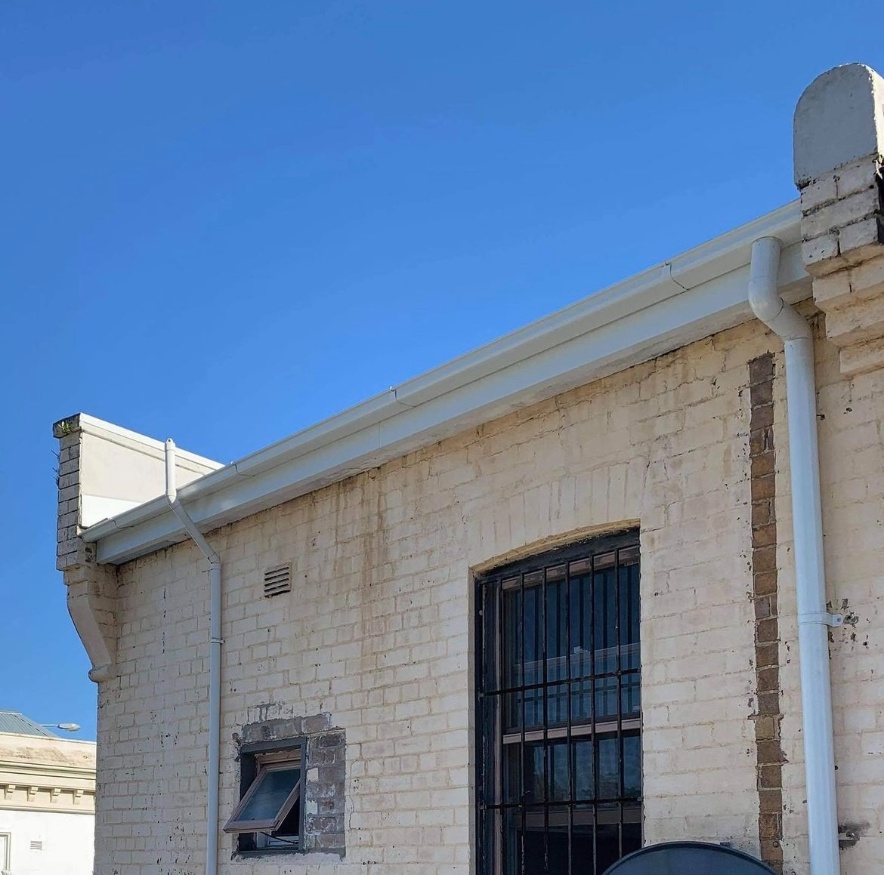
⁃ Some of the most common types include:
⁃ PVC downpipes: PVC (polyvinyl chloride) is a durable and lightweight material that is commonly used for downpipes. PVC downpipes are easy to install and maintain, and they are resistant to corrosion and weather damage.
⁃ Metal downpipes: Metal downpipes, such as those made of aluminum or galvanized steel, are also popular for their durability and strength. They are resistant to damage from extreme weather conditions, but may require regular maintenance to prevent rust and corrosion.
⁃ Copper downpipes: Copper is a premium material that offers a unique appearance and excellent corrosion resistance. Copper downpipes are typically more expensive than other materials, but they offer exceptional durability and require minimal maintenance.
Coming a range of Colourbond roof colours, we will be sure to find the look you’re searching for to finish off your house with the final colour touch necessary.


